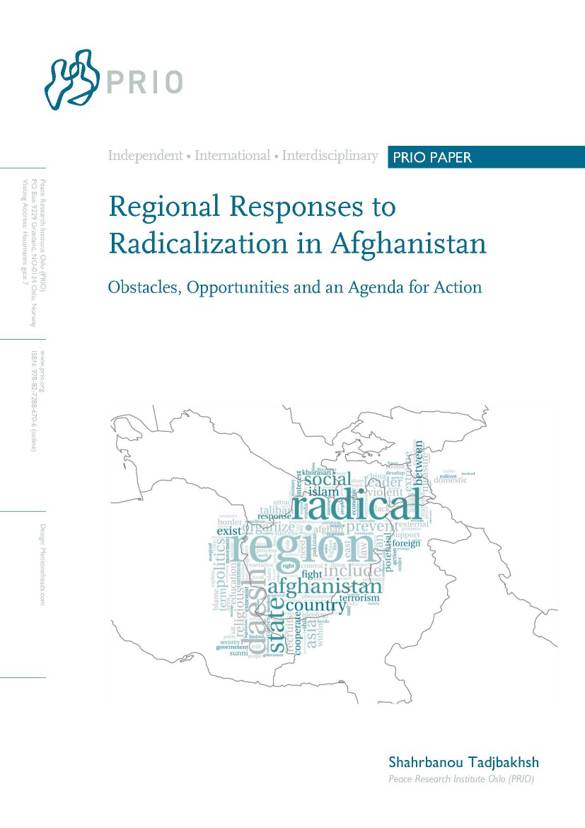The establishment of the Vilayat-e Khorasan front of Daesh in Afghanistan has worried neighboring countries, because – unlike the Afghan Taliban, whose ambitions were limited to Afghan territory – Daesh seems to have its eyes on conquering territory beyond present day frontiers. Even if unable to conquer land, its physical and ideological influence could potentially reach marginalized populations throughout the region and attract fighters from outside.
While collaboration on meeting a common threat would be the preferred path, the dominant national security narratives in each of the countries neighboring Afghanistan are painting Daesh as an external phenomenon, leading to mutual blame. Instead of blaming the existence of radical groups such as Daesh solely on foreign ideology, support or funding, a more productive discourse would start from a recognition that Daesh is not just as an external political entity, but a social phenomenon that has domestic root causes. As such, it should not be so much Daesh as a global terrorist organization, as it should be “Daeshism” as the reflection of a domestic radicalization process of concern to all the countries of the region.
If political interests explain the ambitions of leaders, motivations of the rank and file should be sought around social, psychological, and economic factors. Factors that explain the success of recruitment of Daesh in Afghanistan include ideological leanings and extremist religious zeal; poverty and unemployment; lack of education, including of functional Islamic education; Social acceptability within particular groups, and psychological trauma. Recruitment from China and Pakistan also follows similar patterns. In Central Asia, more region-specific factors include political grievances resulting from a crackdown on dissent, and indignity of discrimination experienced by labor migrants in Russia and the lack of a viable identity. The condition that unites all the countries of the region is unbalanced development and widening urban–rural gaps, which leave populations relegated and vulnerable.
Existing responses to radicalization that can lead to violent extremism are of two categories: counter-measures and preventive ones. Shifting the focus from shortsighted counter-extremism to longer-term prevention requires making a distinction between the leaders, who are seeking political gains, and those who fight for a variety of psychological and socio-economic reasons. Counter-measures, with their pros and cons, include the use of military force, which can create backlash; border controls, an important but insufficient tool; the use of intelligence, data gathering, data analysis and data sharing, all in need of proper coordination; the enactment of proper legislation, and monitoring the Internet and social media for illegal and violent content. Preventive measures include working with religious institutions, including educational ones, in order to propagate peaceful messages without restricting religious freedom (which could potentially encourage resistance); and raising public awareness on the dangers of radicalization. The most important step starts from understanding the motivations that drive people and groups to radicalization and targeting the grievances, through provision of employment opportunities, social support, improved religious and secular education and inter-faith and intra-faith dialogue.
Multilateralism is increasingly proving necessary to combat what is decidedly a transnational phenomenon. International and regional organizations operating in the region have a variety of instruments, normative acts and technical assistance programs that can support these








